Weesageechak Begins to Dance invites artists and audiences to explore newness together
It’s that time of year again: the leaves change colour, sweaters come out of storage, and with these seasonal shifts, our playful trickster friend Weesageechak has returned to play at Native Earth Performing Arts.
Weesageechak Begins to Dance is the annual festival of new and innovative First Nations, Métis, and Inuit (FNMI) theatre, opening for its 36th season on November 6 at Native Earth Performing Arts, where denizens and emergent artists alike try out their new and innovative works. As festival preparations ramped up and the festival countdown began, I was lucky to correspond with Native Earth’s artistic director, Joelle Peters, over email.
The following interview has been edited for length and clarity.
Robyn Grant-Moran: For readers who are unfamiliar with Weesageechak, can you talk a bit about our funny, shapeshifting, trickster friend and the festival?
Joelle Peters: I think Weesageechak (also known around here as Chucky) represents the ever-changing spirit of the festival. We’ve never followed the exact same festival model year-to-year, and each year uniquely celebrates Indigenous stories in its own way. Even the full “official” name of the festival, Weesageechak Begins to Dance, invites us to think imaginatively. The Festival encourages play, laughter, sparks curiosity, and invites artists and audiences alike to share in this exploration of newness together.
RGM: This season boasts the largest number of artists participating in the festival to date! It seems like FNMI theatre is, in some ways, thriving, despite the fact that many artists left the industry throughout the pandemic. What are your thoughts on this?
JP: I think the difference between FNMI theatre vs. traditional or Western theatre is that FNMI artists often engage in work other than acting and the arts in general. There aren’t many of us who aren’t wearing additional hats or taking on other responsibilities in other fields. So, from some perspectives, our artists have always “left the industry,” but that doesn’t mean they’re gone forever. I know many folks that have moved away from cities, moved back to their hometowns, and still are as busy as they would’ve been before…and they should be! If we’ve learned anything in the last few years, it’s that there are many ways of working. There are still ways to foster artist-mentor relationships without in-person opportunities.
RGM: Have things changed for the festival as NEPA has fully returned to regular programming post-pandemic?
JP: More of our festival budget goes to accommodations and travel, which aren’t cheap! We’ve seen a surge in audience engagement for some shows (with some runs selling out), and others have had more difficulties. Folks aren’t buying in advance like they used to, and there are more people buying at the door or day-of. However, we remain confident and supportive of the artists we engage with and appreciate our long-standing community that continues to support the work.
RGM: How has your time with the festival changed over the years between being an emergent artist and running the company?
JP: I’ve been a fan of the Weesageechak Festival since the first year I was brought in to be part of it, and that love has only grown since. The festival is a staple in NEPA programming, something I look forward to every year. Now, to be part of the leadership overseeing and curating the festival, is an honour. It’s a job I don’t take lightly! I’ve worked the box office, ripped tickets and helped patrons as a front-of-house usher, and scanned contracts as a festival assistant. It’s made me appreciate the work our team does that much more. It isn’t an easy task, putting on a festival!
RGM: So many artists have workshopped big projects at Weesageechak? Do you have any favourites over the years?
JP: There are SO many. I loved our showing of The Weekend by Henrietta Bird, presented in partnership with Moogahlin Performing Arts, which is based in Redfern, Sydney in Australia. Another was Women of the Fur Trade by Frances Koncan. We presented an excerpt of that play in Weesageechak 32 in (2019). That’s obviously an exciting one for us with our upcoming production of it later this season! It’s a great full circle moment to bring it back to NEPA.
White Noise by Taran Kootenhayoo is another piece that has stuck with me. Taran was an incredible artist and he lives on through his art — I remember him being so excited to be part of the festival and to connect with our community.
RGM: Can you talk about the community that NEPA creates and its significance for FNMI art?
JP: The community we’ve created has a bit of ownership or agency over the direction the company goes. We, as leadership, owe it to them to be cognizant of their thoughts and opinions, to listen to their concerns and really hear them. This work is for the community and ultimately, it’s about uplifting and providing space for Indigenous voices (and we try our best!). Oftentimes work that starts here goes on to other communities, and that’s part of the excitement of this gig for me. We don’t claim ownership over any of the work that artists create while with us, they’re free to do as they choose — which isn’t always the case in other companies. At the end of the day, we are here to support each other.
Weesageechak Begins to Dance opens on November 6 and runs until November 19. You can learn more about the festival here.

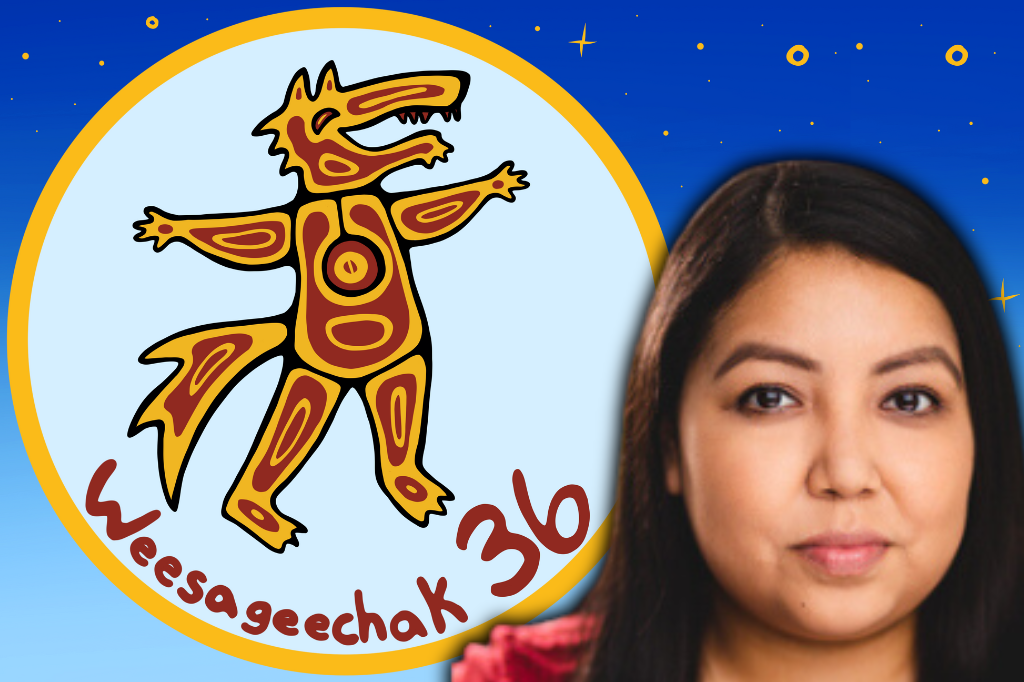
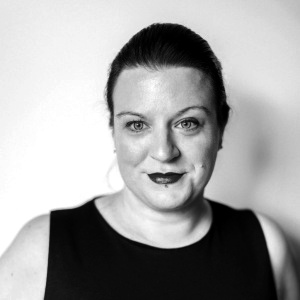






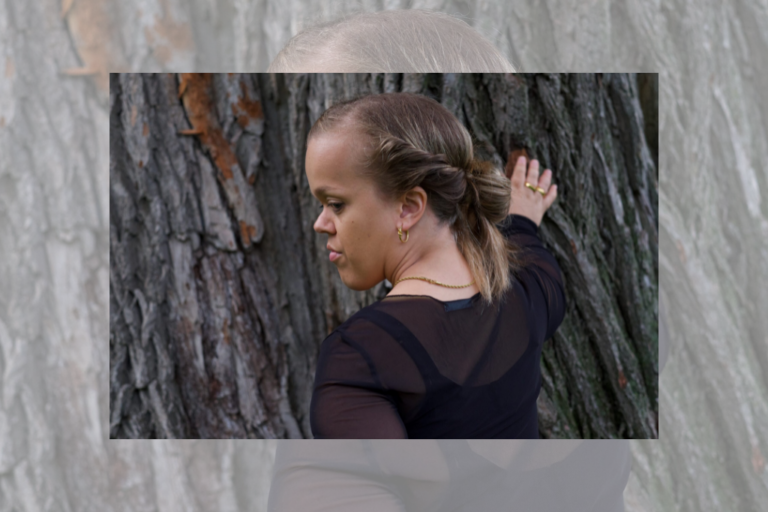
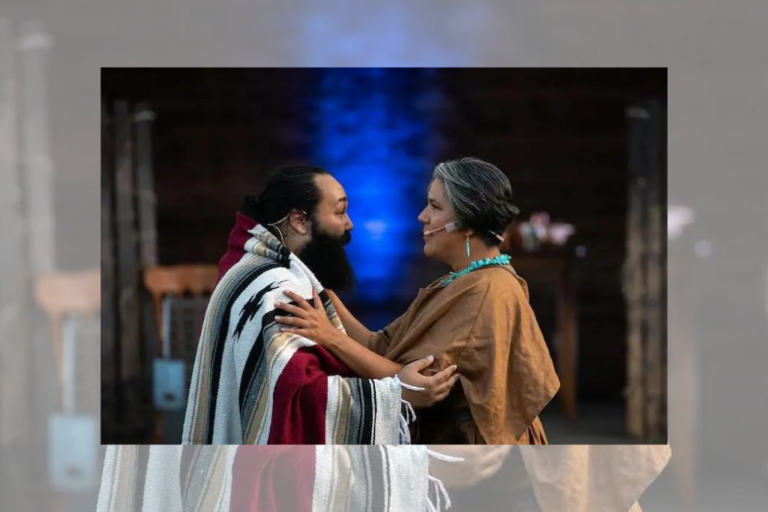
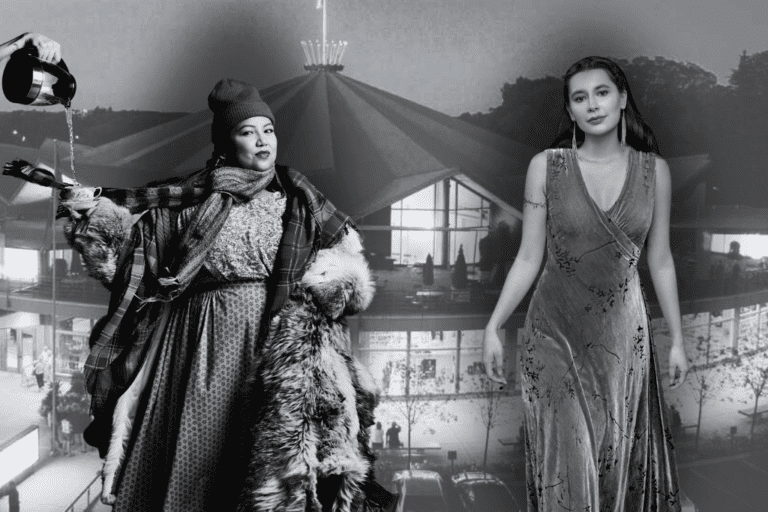
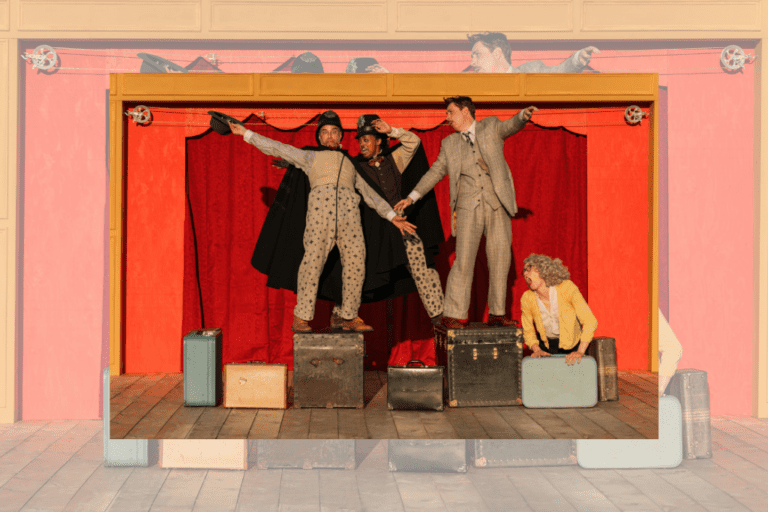
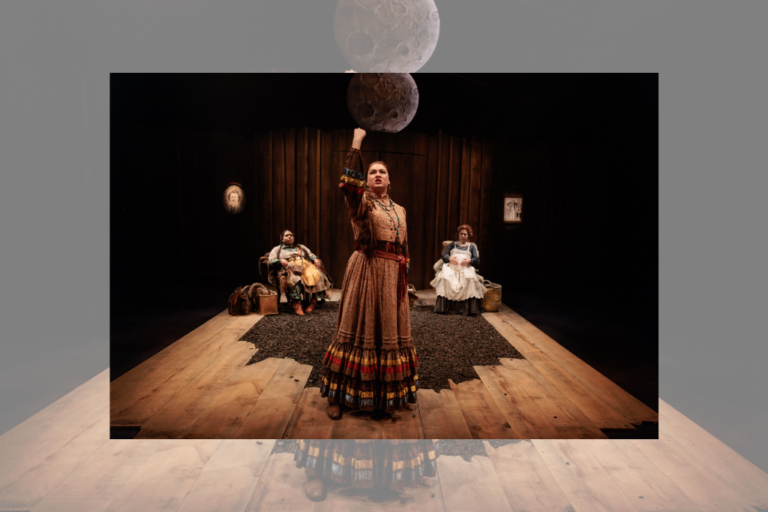
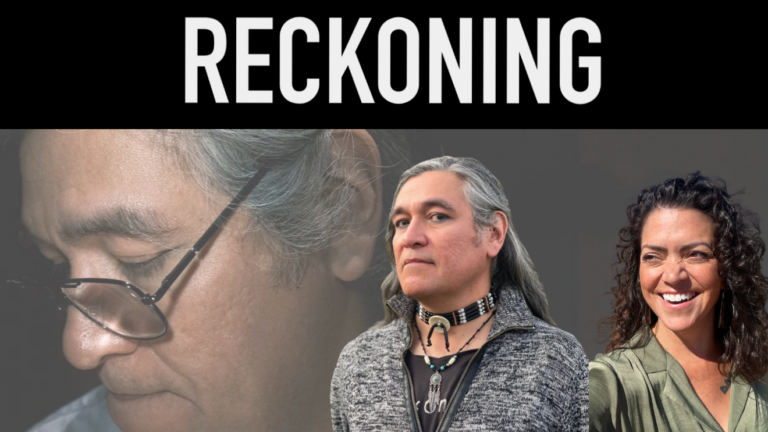
Comments